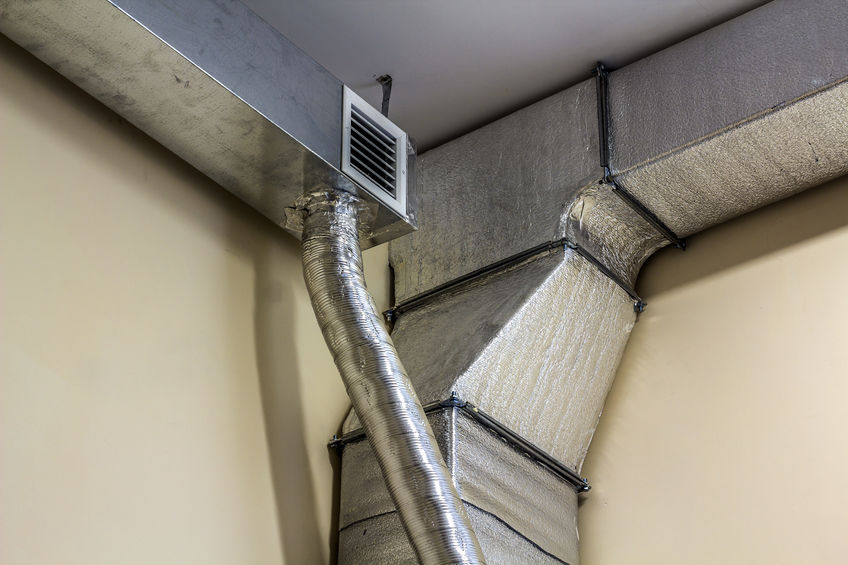- Condensation
Experts in this field have stipulated that the best and most logical explanation of water in the heating ducts is the entry of warm air into the ducts during the cold winter season. Consequently, the moisture in the air condenses on the inside of the exceedingly cold ductwork. The perfect remedy for this is to ensure that the ducts are always warm.

- Rain and Leaks
This entails the penetration or passage of rainwater through an inlet or outlet. It can be attributed to a badly designed inlet or outlet. It can also happen when there is another leakage that has not been properly identified. Leaks can be roof associated or just the usual water pipe leaks. A water-based radiator can start leaking hence culminating into the water. However, it is good to point out that an electrical heater does not entail any water leakage. There can also be water seepage emanating from the rainwater or the groundwater. In such instances, the water encounters the ducts and permeates in case they are possibly leaking. Leaks need to addressed promptly and directly to get a permanent solution.
- Poor Insulation
Insulation is very vital as it ensures that indoor air does not penetrate the ducts during the cold season. It is therefore prudent to ensure that all the plugs are very airtight. This can be done using a tape of supreme quality to obtain a perfect seal that can keep the air at bay. Sealing off all the air ducts that remain unused helps a lot to resolve this problem. Plastic sheeting can also be very useful in the taping of the duct. In the winter season, the circulation of relatively warm air through the unused ductwork can help a lot in the prevention of any further condensation. More so, the insulation of the space where the ductwork is premised can be very effective. In case the attic is also uninsulated, you can proceed to add further insulation to stop the condensation on the cold ductwork.
- Long Off Cycles
This results in a cool-down even with ample insulation. The only remedy for this kind of problem is the installation of a dehumidifier. This is done in the ducting circuit to curb this cool down and bring it to a halt. Reduced moisture in the air ensures that there is no further condensation in the ductwork.
- Low Duct Temperature
Moisture can collect in the air conditioning ducts in the unheated rooms in the heating season. Similarly, this can also happen in the summer in a room without proper air conditioning. Therefore, the moisture collects whenever this cold air passes through a duct present in such a room.
- Excessive Humidity
This also causes water in the heating ducts, as it increases and enhances condensation. It happens on both the inside and outside of the ductwork. The use of a hygrometer can aid you to know the levels of humidity in your home hence determining if they are normal or rising to a very high and abnormal level.
- Lack of a Proper Condensation Drainage
This usually happens when there is no functional drainage from the cooler. It causes water in the heating ducts, as the condensed water does not have a well-defined escape route. Proper condensation drainage should therefore be a very huge priority.
As seen in this article, a number of reasons such as excessive humidity, condensation, leaks, poor insulation, low duct temperature, and lack of proper condensation drainage can cause water in heating ducts. To summarize the foregoing, it is very important to ensure that there is regular maintenance to remove any debris or dust that might be clogging your air ducts hence restricting proper and free airflow as this causes unwanted dehumidifying issues. It is good to involve a professional as they are better equipped to deal with these problems. When choosing an expert, be sure to go for licensed professionals that are proven to do a great job, as you do not want them to cause more damage to your heating system.
